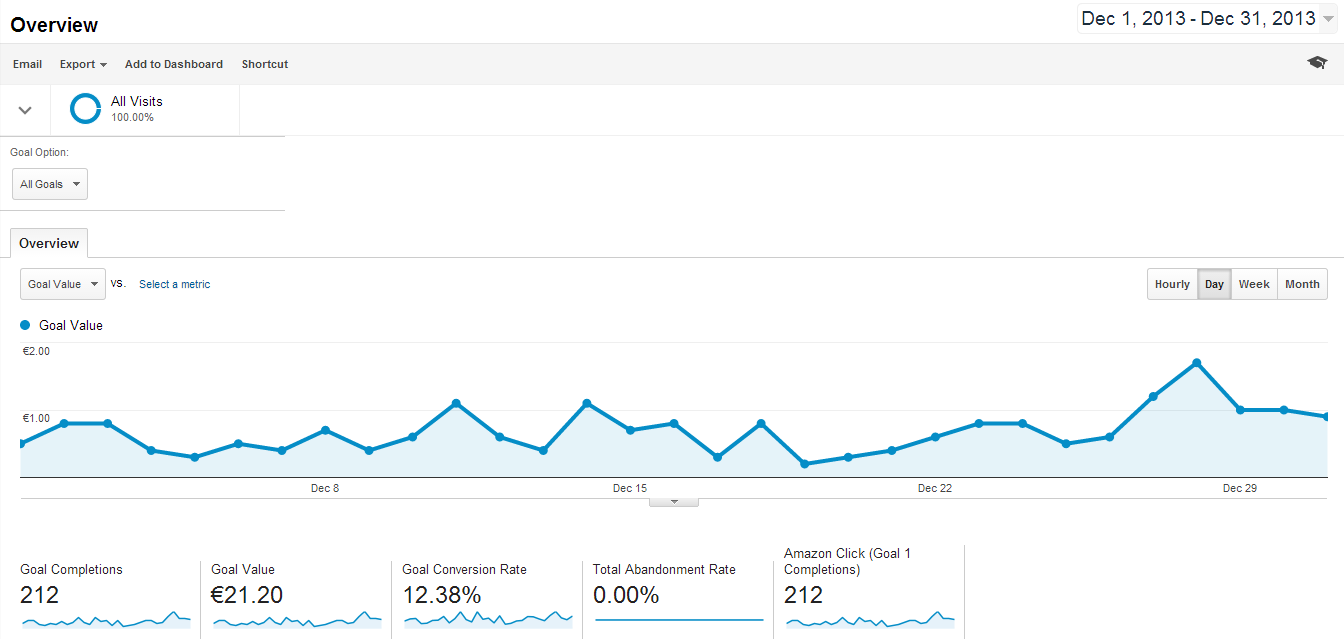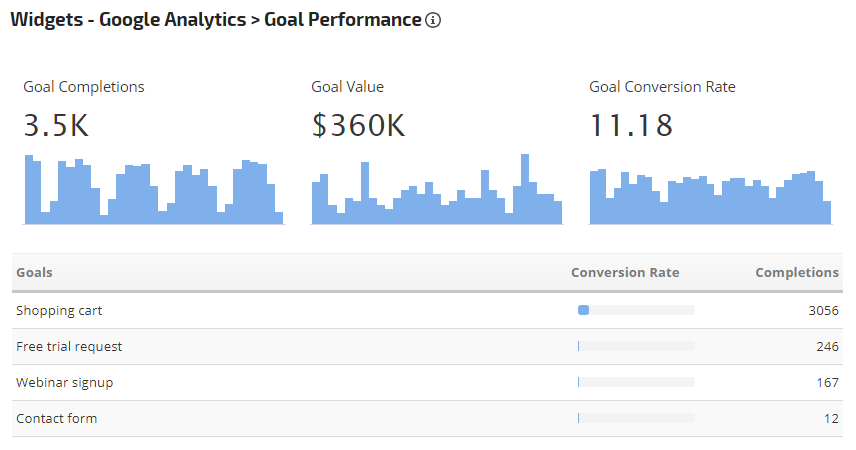Find Out What Data Is Google Analytics Goals Unable to Track
Find Out What Data Is Google Analytics Goals Unable to Track
Blog Article
Debunking Google Analytics Limitations: Reveal What Data Goals Can not Track
In the world of digital analytics, Google Analytics stands as an effective tool that provides important understandings right into site efficiency and individual actions. From the complexities of customer communication with vibrant material to the intricacies of cross-device user trips, these constraints dropped light on locations that may continue to be covered from traditional analytics point of views.

Individual Communication With Dynamic Content
Customer communication with dynamic content plays an important function in recognizing customer behavior on sites and maximizing the total customer experience. By tracking customer interactions with dynamic material, web site proprietors can get valuable insights right into customer involvement, choices, and behaviors - what data is google analytics goals unable to track.
Google Analytics supplies various devices to track user interactions with dynamic material, such as occasion monitoring and online pageviews. Event tracking allows you to keep an eye on particular customer activities, like clicking a button or enjoying a video clip, giving information on how customers interact with dynamic aspects. Virtual pageviews can be used to track communications that do not bring about a brand-new web page tons, giving a comprehensive view of user engagement with dynamic material. By assessing this information, site owners can make informed choices to boost individual experience and drive conversions.
Cross-Device Individual Journeys
Just how can contemporary analytics tools track the facility paths customers take across numerous tools in their on the internet trips? Cross-device individual trips offer a significant difficulty for monitoring and examining customer behavior precisely. As individuals connect with applications or internet sites using different tools such as desktop computers, smartphones, and tablets, it ends up being essential to comprehend exactly how they relocate in between these platforms to optimize individual experience effectively.
Google Analytics deals with restrictions in tracking cross-device user journeys because of personal privacy worries and technological restraints - what data is google analytics goals unable to track. While it can supply understandings right into specific gadgets' communications, tracking a seamless customer trip throughout several gadgets remains a challenge. This constraint can lead to incomplete data and fragmented user understandings, making it hard for businesses to develop a unified sight of the client journey
To address this problem, companies can utilize advanced analytics devices that offer cross-device tracking capabilities, permitting them to obtain a more alternative understanding of individual actions. By leveraging these devices, services can bridge the void in tracking cross-device individual journeys and optimize their electronic methods for a seamless customer experience.
Offline Conversions and Attribution
As companies navigate the difficulties of tracking cross-device user trips, another pivotal facet to think about is the realm of offline conversions and acknowledgment in the realm of data analytics. While Google Analytics gives valuable understandings into online individual behavior, it drops short when it involves tracking conversions that happen offline. This constraint positions a considerable difficulty for businesses that have both online and offline sales networks.
Offline conversions, such as acquisitions made in physical stores or through telephone call centers, are important to understanding the total customer journey. Without the capability to associate these offline conversions to certain online communications, businesses may have a hard time to accurately determine the impact of their electronic advertising and marketing efforts.
To resolve this void, services can discover alternate remedies such as integrating CRM systems with on the internet analytics devices or making use of go to the website special promo codes that can be traced back to on-line projects. By bridging the void in between online and offline data, organizations can acquire a much more comprehensive understanding of their customers' habits and boost their total marketing techniques.
Individual Customer Recognition
In the world of data analytics, the ability to precisely identify private customers throughout numerous online touchpoints is a critical challenge for companies looking for to individualize and optimize their advertising and marketing approaches. While Google Analytics gives valuable insights into user behavior and interactions, it falls short in enabling the identification of particular individuals because of privacy issues and technical limitations. Google Analytics uses one-of-a-kind identifiers such as cookies to track individual sessions and habits, but these do not equate to identifying private users in an individual feeling.

Data From Secure Pages
Despite the boosting occurrence of secure web pages on sites, getting information from these encrypted resources presents an one-of-a-kind difficulty for electronic analytics systems like Google Analytics. Secure pages, shown by HTTPS in the URL, secure data traded between the customer's web browser and the website's web server to ensure Click Here personal privacy and safety and security. While this file encryption is important for protecting sensitive info, it also presents constraints for tracking individual actions and gathering analytics data.
Google Analytics encounters obstacles in accumulating comprehensive details from secure pages because of the encryption methods in location. Therefore, certain data points such as recommendation sources, keyword searches, and also some customer interactions may not be totally recorded when individuals access a site through a safe and secure connection. This restriction can affect the accuracy and completeness of the data analysis, leading to voids in comprehending customer actions and choices on protected pages.
To navigate this difficulty, electronic experts might require to discover alternate monitoring approaches or leverage various other devices specifically designed to gather insights from safe pages. By adapting methods to go fit these restrictions, businesses can still derive important analytics despite the constraints provided by encrypted connections.
Final Thought
To conclude, Google Analytics has limitations in tracking user interaction with dynamic web content, cross-device customer trips, offline conversions, private user identification, and data from secure web pages. These limitations impede a comprehensive understanding of user behavior and might cause spaces in data analysis. Despite its valuable understandings, Google Analytics may not provide a full image of customer interaction across numerous touchpoints. It is crucial for organizations to be conscious of these restrictions and consider supplementary devices for a more all natural view of their data.
User communication with dynamic web content plays an essential duty in recognizing customer behavior on web sites and optimizing the general user experience. By tracking individual communications with dynamic web content, site proprietors can gain important understandings into individual involvement, preferences, and habits.
Google Analytics makes use of unique identifiers such as cookies to track user sessions and habits, yet these do not correspond to recognizing individual users in a personal feeling.
As an outcome, particular data points such as reference resources, keyword searches, and even some user interactions might not be fully caught when customers access a site with a safe and secure connection.In conclusion, Google Analytics has restrictions in tracking individual communication with vibrant material, cross-device customer trips, offline conversions, individual user identification, and data from protected pages.
Report this page